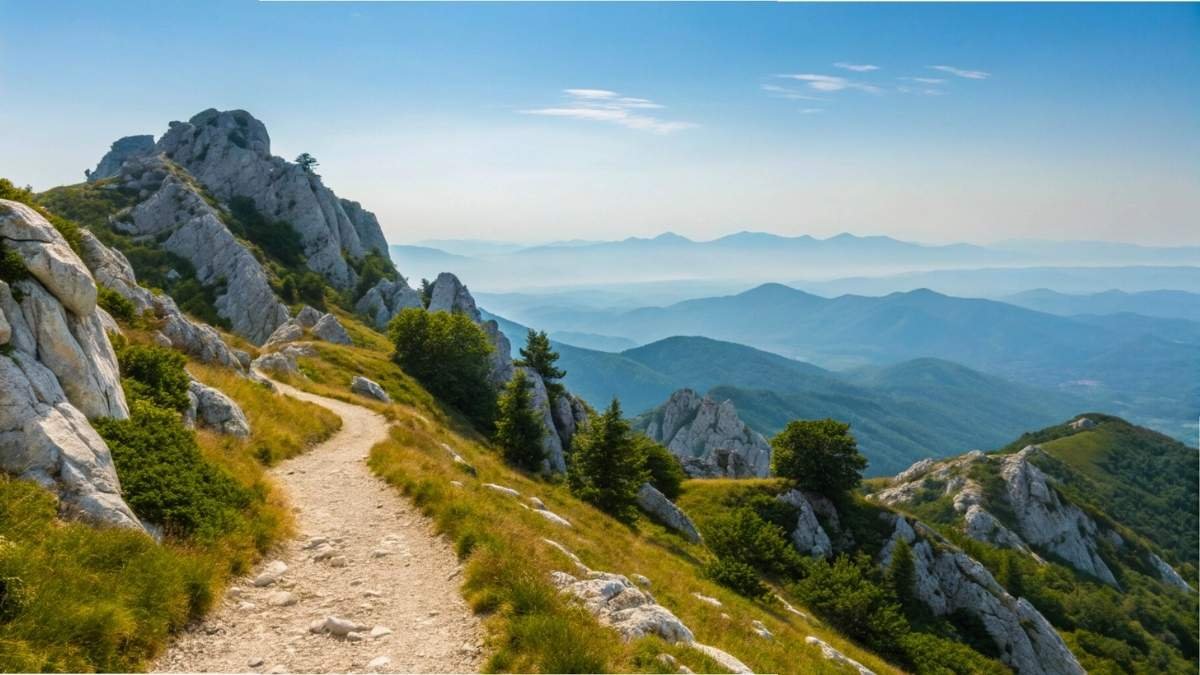
Some trails don’t just lead you through forests or over mountain peaks — they lead you to a whole new way of living.
If hiking fills your soul but empties your wallet, here’s something most adventurers don’t know: some countries are now rewarding your footsteps with real financial perks. We’re talking tax breaks, visa extensions, and eco-tourism incentives just for spending more time outdoors.
Whether you’re chasing waterfalls, high-altitude solitude, or just need a longer trail before heading home, this guide reveals nine places where your hiking habit doesn’t just recharge your spirit — it makes smart financial sense too.
1. Thailand
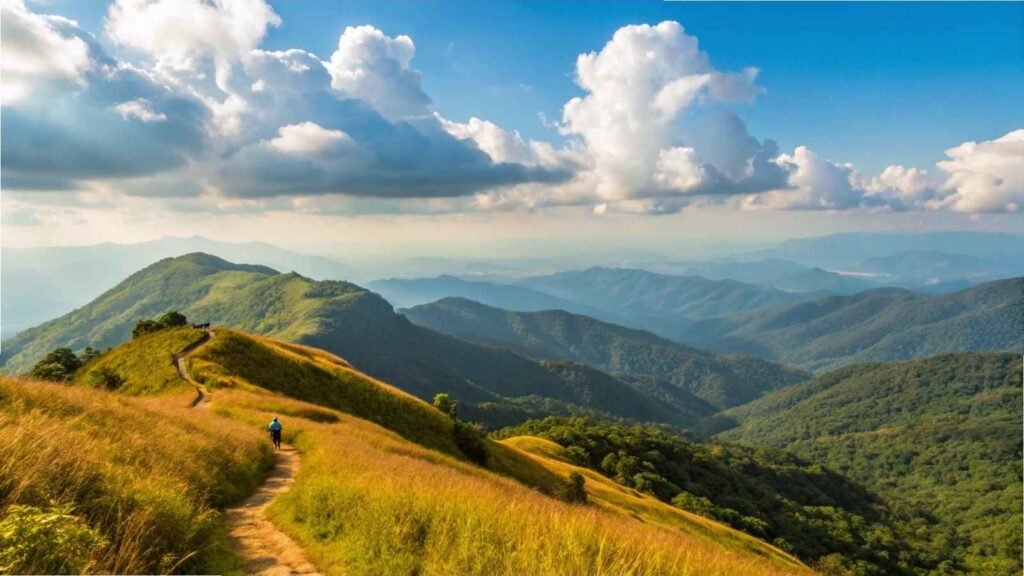
Thailand is not just about golden temples and spicy street food – it is also a hiker’s paradise; the country has everything from lush jungle treks in the north to misty mountain hikes in the Thai Highlands. And here is where it gets interesting – Thailand has been, on purpose, promoting long-term eco-tourism through its “Bio-Circular-Green Economy” model. Digital nomads and eco-tourists who spend longer periods, especially in rural or national park areas, can now qualify for extended stay visas and, in some cases, reduced tax liabilities through regional programs.
What makes Thailand stand out is how accessible and varied its trails are. You can hike through Doi Inthanon National Park (Thailand’s highest peak), visit hidden Karen villages, or explore cave networks in Pai. And the best part? These trails are increasingly being integrated into local tourism incentives — stay longer, spend in rural areas, and you get perks.
Local governmental authorities in the northern provinces, like Chiang Mai and Mae Hong Son, also provide incentives for international visitors who participate in qualified eco-tours or who provide volunteer service with conservation projects.
Other Useful Info:
- Best Months to Visit: November to February (cooler, dry season, ideal for hiking)
- Top Trails: Doi Inthanon, Mae Hong Son Loop, Khao Sok National Park
- Stay Duration Benefits: 6-month to 10-year Long Stay Visas available for specific groups
- Tax Perks: Reduced tourism-related taxes in regional programs
- Hiking Vibe: Misty, tropical, culturally rich — with elephants, waterfalls, and hill tribes
2. Croatia

Croatia’s Dalmatian Coast gets all the fame, but go inland and you’ll find mountains, waterfalls, and UNESCO-listed trails with far fewer crowds. Here’s what’s surprising: Croatia’s digital nomad visa (up to 1 year) isn’t just for laptop warriors — it’s also become a gateway for hiking tourists. Those who stay long-term and contribute to sustainable tourism can enjoy partial tax exemptions and lower VAT on services like accommodation and guided hiking tours.
What makes Croatia unique is that it is committed to rural regeneration. The government wants people to walk through places such as Plitvice Lakes or Velebit Mountains, not just line up on Dubrovnik beaches. That is why some municipalities offer tax incentives to visitors who stay longer in less-touristed rural areas while engaging in eco-tourism or outdoor activities.
There’s also a growing movement around “active tourism tax incentives,” which translates to reduced tourist tax rates for those staying in designated adventure regions. Hiking here isn’t just scenic, it’s savvy.
Other Useful Info:
- Best Months to Visit: May–June and September–October
- Top Trails: Premužićeva Staza, Plitvice Lakes, Biokovo Skywalk Trail
- Stay Duration Benefits: 1-year digital nomad visa, renewable
- Tax Perks: Reduced VAT on adventure tourism services, lower tourist tax in rural zones
- Hiking Vibe: Rugged limestone ridges, turquoise lakes, Adriatic views
3. Bhutan

Bhutan’s tourism philosophy is summed up in three words: High Value, Low Impact. It’s not about packing in tourists — it’s about making each visitor count. The Bhutanese government rewards long-stay tourists who contribute to environmental or cultural tourism by reducing the mandatory Sustainable Development Fee (SDF) — a daily fee typically charged to all foreign visitors.
This fee can be a major cost, but if you’re into multi-day treks like the Snowman Trek or Druk Path, the government slashes the SDF significantly after the 8th night — and even more if you’re staying beyond 14 days. It’s Bhutan’s way of saying: “If you’re here to experience the land deeply, we’ll meet you halfway.”
Beyond fees, Bhutan’s immigration and tourism offices are now partnering with certified trekking operators to offer tax deductions and local subsidies to those booking community-based hikes. This means more immersive trails, home stays, and fewer barriers to extended travel.
Other Useful Info:
- Best Months to Visit: March–May and September–November
- Top Trails: Snowman Trek, Jomolhari Trek, Druk Path
- Stay Duration Benefits: SDF reduced after day 8; major cut after day 14
- Tax Perks: Decreased SDF = major savings on long hikes
- Hiking Vibe: Sacred peaks, high-altitude passes, and myth-soaked monasteries
4. Greece
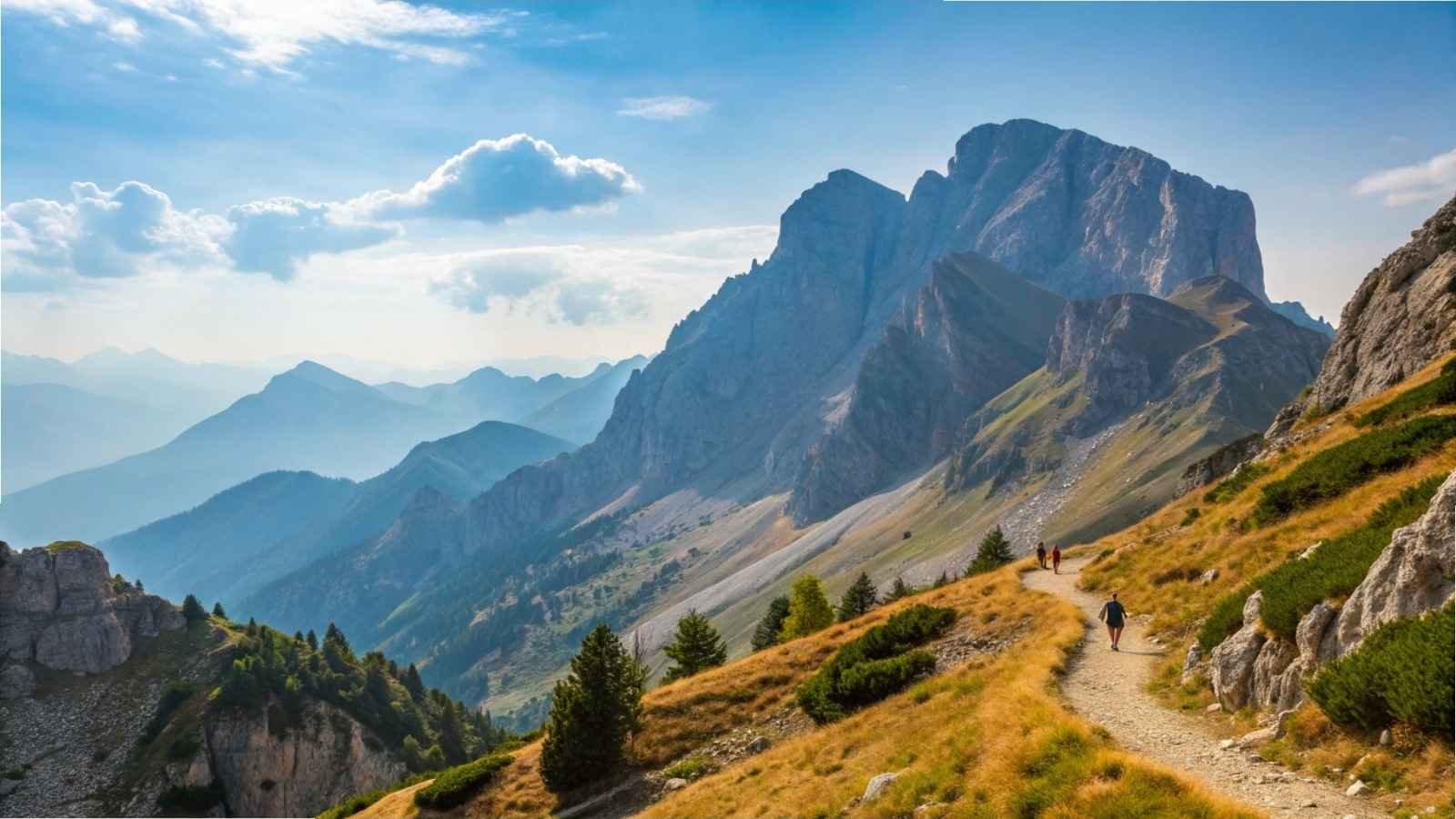
You might envision Greece as sandy beaches and ancient ruins, however, the mountains are where the magic is alive. Greece has been working quietly on developing its hiking infrastructure in regions like Epirus, Crete, and the Peloponnese, now there are benefits for those willing to stay longer and look deeper. Extended-stay tourists who are involved in eco-tourism, including certified trekking and agro tourism experiences, can benefit from lower local taxes and hospitality VAT.
The government’s “Greece 365” initiative aims to promote year-round tourism, especially in the off-season. This means winter and shoulder-season hikers get better rates, fewer crowds, and in some cases, incentives for extended rural stays. Greece also has one of Europe’s most attractive non-dom tax regimes, where eligible foreign residents (including digital nomads and eco-travelers) can pay reduced income tax for up to 7 years.
So whether you’re walking the Menalon Trail or climbing Mount Olympus, hiking here can pay off.
Other Useful Info:
- Best Months to Visit: April–June and September–November
- Top Trails: Menalon Trail, Mount Olympus, Vikos Gorge
- Stay Duration Benefits: 6-month visa extension options; 7-year reduced tax regime
- Tax Perks: Reduced hospitality VAT, rural tourism tax reductions
- Hiking Vibe: Mythological, alpine-meets-coastal, olive groves and goat paths
5. Indonesia
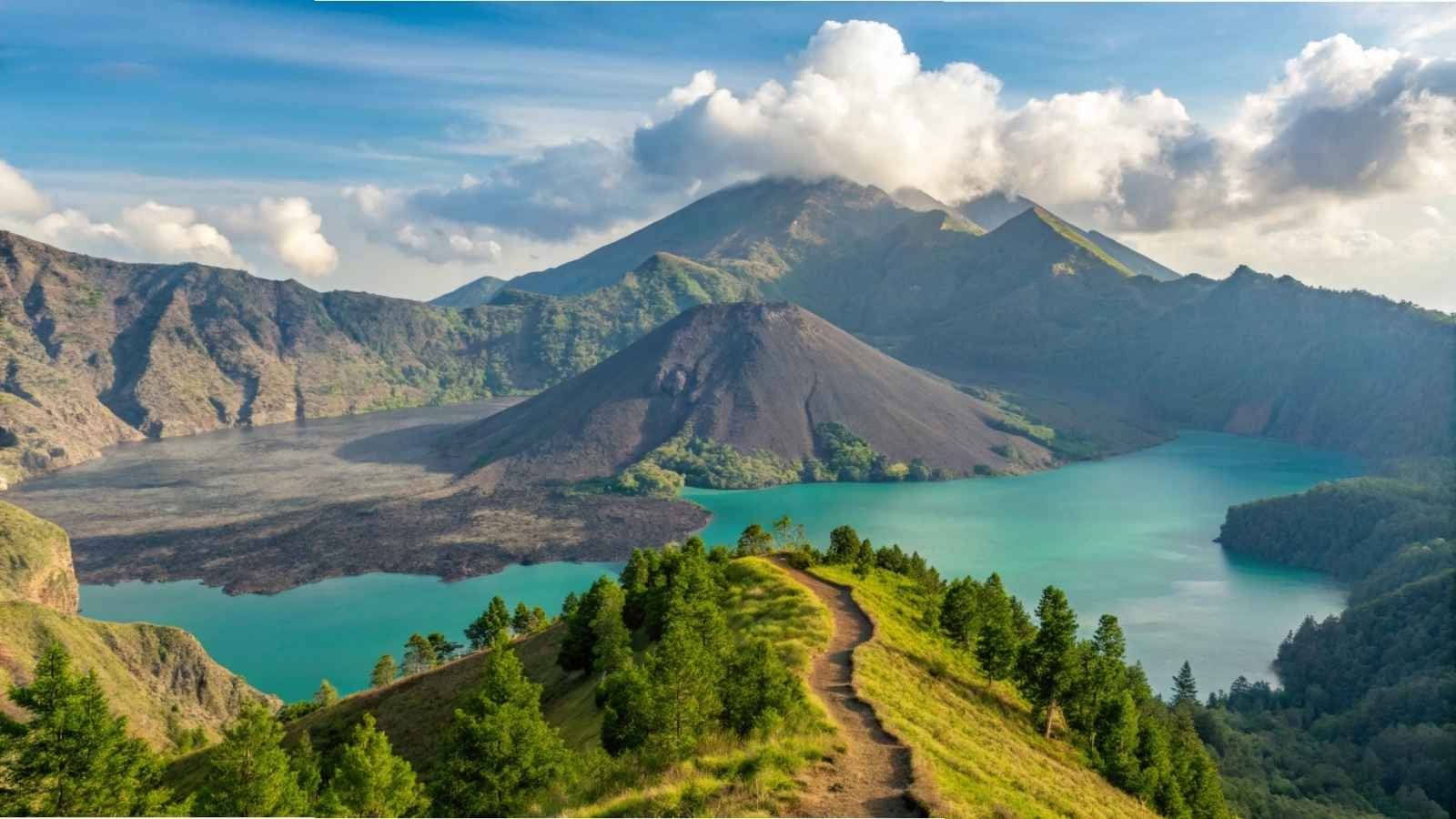
Indonesia is often seen through the lens of Bali, but beyond the yoga retreats and rice terraces, this archipelago offers some of Southeast Asia’s most remote and rewarding hikes. From Mount Rinjani in Lombok to the jungle-covered peaks of Papua, the country is now incentivizing extended eco-tourism through regional tax breaks and visa extensions for tourists who engage in nature-based tourism.
Indonesia’s “Sustainable Tourism Development Plan” includes incentives like discounted permit fees, tax relief on long-term lodging, and visa facilitation for eco-tourists and adventure travelers. In some provinces, the longer you stay and the more remote the region, the more benefits you unlock.
What’s unique here is the tiered visa approach — some hikers can apply for a long-stay visitor visa with support from a certified tour provider or conservation NGO. That’s a powerful combo: epic volcano hikes and less red tape.
Other Useful Info:
- Best Months to Visit: April–October (dry season)
- Top Trails: Mount Rinjani, Mount Batur, Bali’s West Bali National Park, Papua Highlands
- Stay Duration Benefits: Long-stay eco-tourism visas, extendable up to 6 months or more
- Tax Perks: Reduced park entry and lodging taxes in eco-zones
- Hiking Vibe: Volcanic, tropical, spiritually charged, and wildly biodiverse
6. Costa Rica

Costa Rica practically invented the phrase “eco-tourism.” But beyond its lush rainforest canopies and toucan sightings, it’s also creating financial incentives for eco-conscious travelers. In recent years, the country’s government has partnered with conservation groups to offer long-stay tourists reduced eco-lodge taxes and discounted park entry fees, especially if they spend time in protected reserves or volunteer with trail maintenance programs.
In Costa Rica, hiking is more than just a workout — it is a route to biodiversity. The hiking trails trace through cloud forests in Monteverde, lava fields near Arenal, and through the less-explored Corcovado National Park, home to tapirs and perhaps jaguars. You, as a low-impact and sustainable traveler (for example, taking a multi-day trekking trip), will be afforded some extended visa and lower tourism fees.
And here’s a little-known bonus: Costa Rica’s Rentista visa—aimed at long-term stayers—can be leveraged by hiking tourists who plan to stay several months and support themselves independently. Combine that with a warm welcome from locals, and you’re in for a trail-blazing experience—literally and financially.
Other Useful Info:
- Best Months to Visit: December–April (dry season); green season is May–August for quieter trails
- Top Trails: Monteverde Cloud Forest, Cerro Chirripó, Corcovado Coastal Trail
- Stay Duration Benefits: Rentista visa (2 years, renewable), tourist visa extensions
- Tax Perks: Reduced park entry and eco-lodge taxes for long-stay eco-tourists
- Hiking Vibe: Rain-soaked, wildlife-rich, tropical, and trail-happy
7. Malaysia
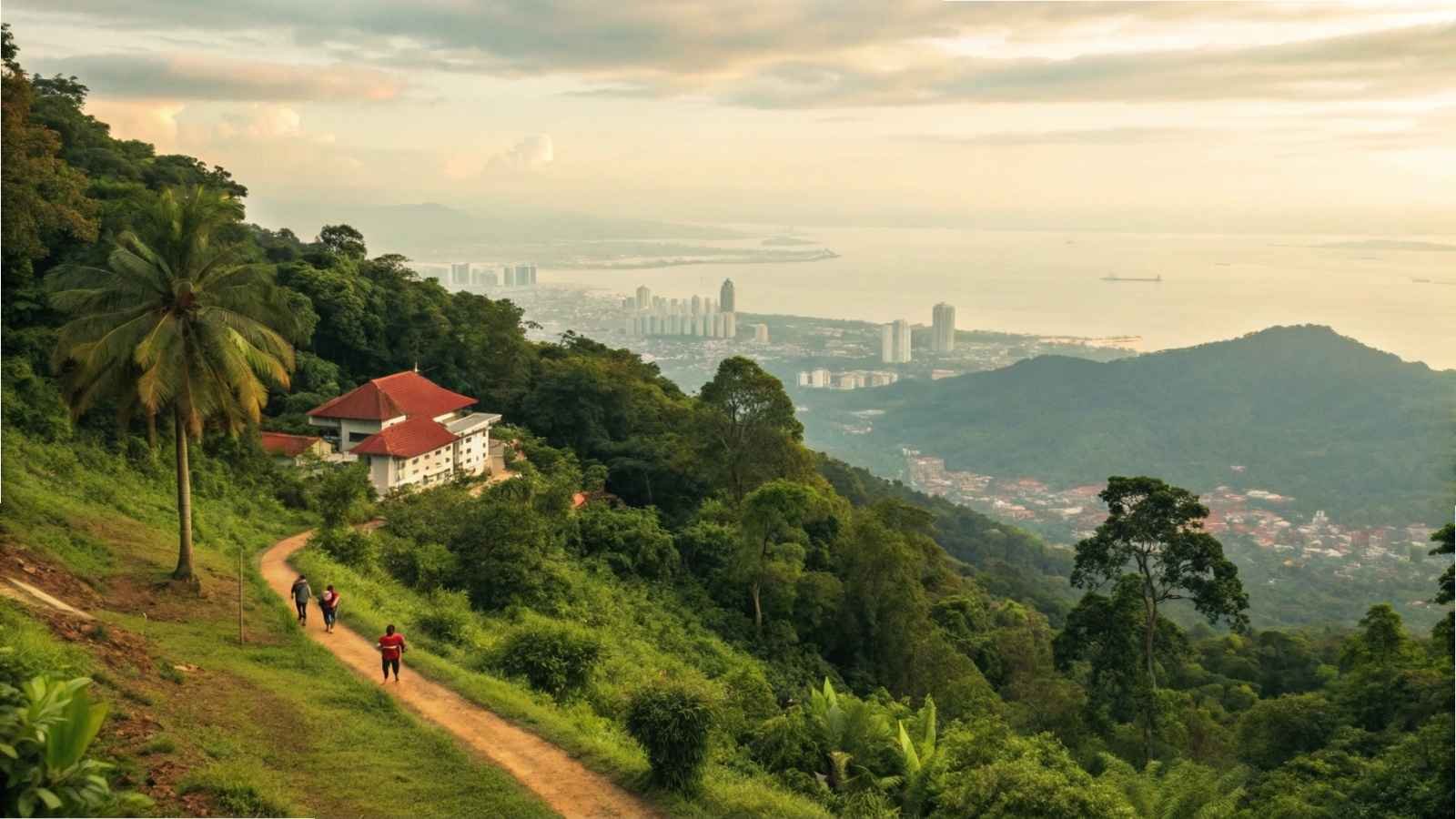
Malaysia might not be the first name that pops into your head for hiking, but that’s part of its charm — it’s quietly epic. With trails that span everything from dense rainforest in Borneo to the cooler tea-covered highlands of Cameron, this country is quickly becoming a magnet for hikers who crave wilderness without the crowds. And it’s getting official recognition too: Malaysia’s tourism authorities now offer tax incentives in eco-tourism zones and visa-friendly policies for outdoor adventurers.
What makes Malaysia stand out is how interwoven nature and culture are. You might be on a trail near Mount Kinabalu one day and sipping kopi in a jungle village the next. In exchange for exploring respectfully and participating in community-led conservation treks, long-stay visitors are often eligible for lower eco-tourism taxes, discounted permits, and renewable 90-day visas in many cases.
The government has also introduced programs encouraging longer stays in rural areas under its “Visit Truly Asia” initiative — think of it as a gentle nudge to take your time and discover the richness of each trail. And when that trail leads to a waterfall or ancient cave temple? Even better.
Other Useful Info:
- Best Months to Visit: March–October for Borneo; year-round for the highlands
- Top Trails: Mount Kinabalu, Cameron Highlands Forest Trails, Maliau Basin
- Stay Duration Benefits: Renewable 90-day tourist visas, eco-volunteer pathways
- Tax Perks: Tax reliefs for spending in certified rural eco-tourism zones
- Hiking Vibe: Humid, primal, off-the-radar, and incredibly rewarding
8. Azerbaijan
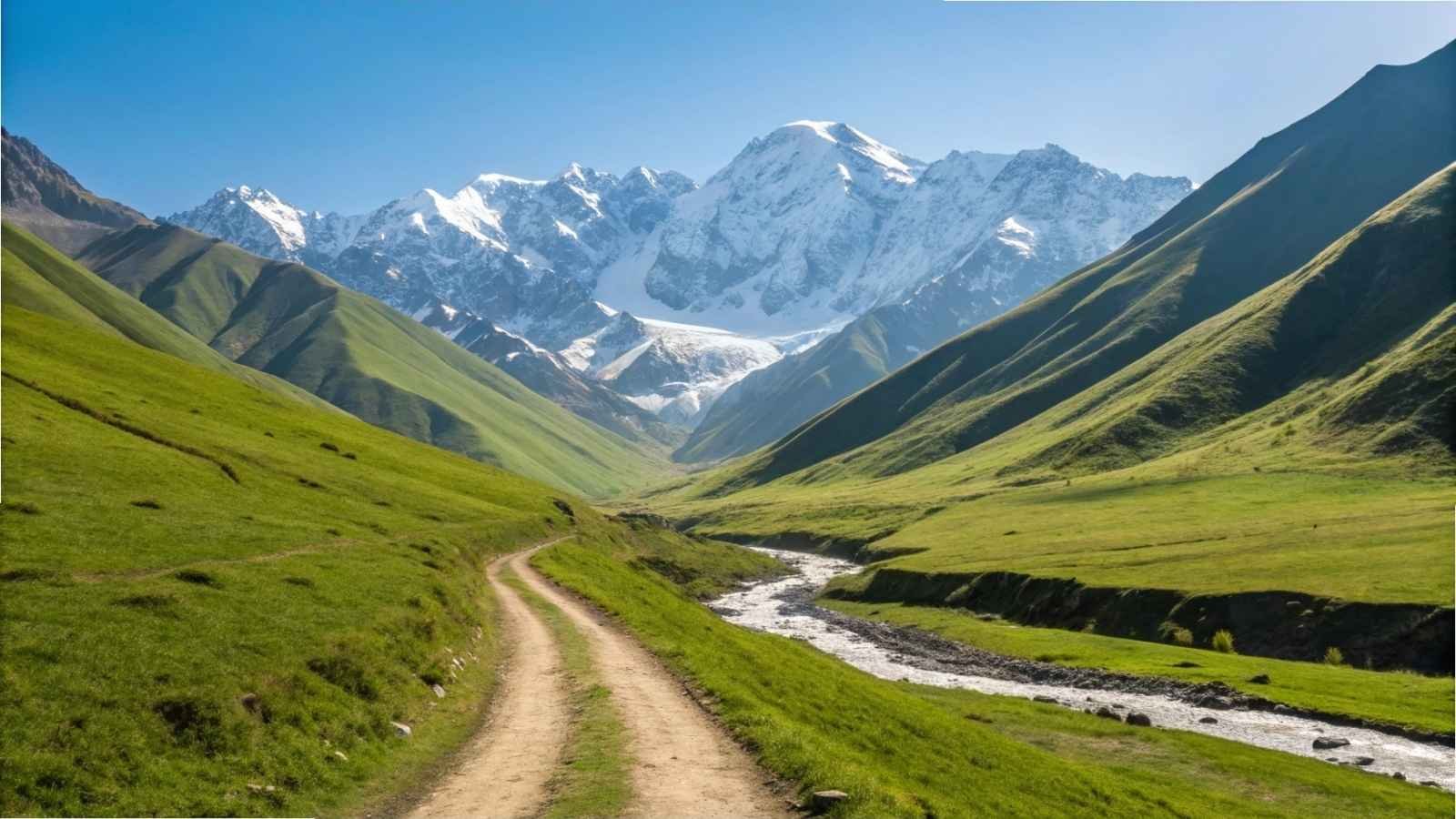
Azerbaijan is the kind of place that catches you by surprise. Perched between Europe and Asia, this Caspian nation is home to mystical mountain trails, alpine lakes, and carpet-colored canyons that rival some of the world’s best-known hikes — but without the tour buses. Recently, the government has rolled out tourism strategies that include reduced lodging taxes for rural adventure travelers and streamlined long-stay visa options, especially for hikers exploring the Greater Caucasus.
One highlight? The Transcaucasian Trail, which is still being developed but already offers unforgettable segments through Sheki, Lahij, and Quba. If you hike these trails with certified eco-operators or participate in sustainable tourism efforts, you may be eligible for reduced service taxes, lower visa renewal fees, and extended visitor stays.
It’s a win-win — help remote communities thrive, and you get to stretch your visa and shrink your costs. You’ll likely spend your evenings in stone villages sipping tea with locals, and your mornings climbing into cloud-kissed valleys with not another soul in sight.
Other Useful Info:
- Best Months to Visit: April–June and September–October
- Top Trails: Lahij to Xinaliq, Sheki Forest Trail, Transcaucasian Trail segments
- Stay Duration Benefits: E-visas for 90 days, with extensions available
- Tax Perks: Reduced lodging taxes in rural zones; eco-tourism incentives
- Hiking Vibe: Mountain-meets-silk-road, ancient villages, and wild horizons
9. Italy
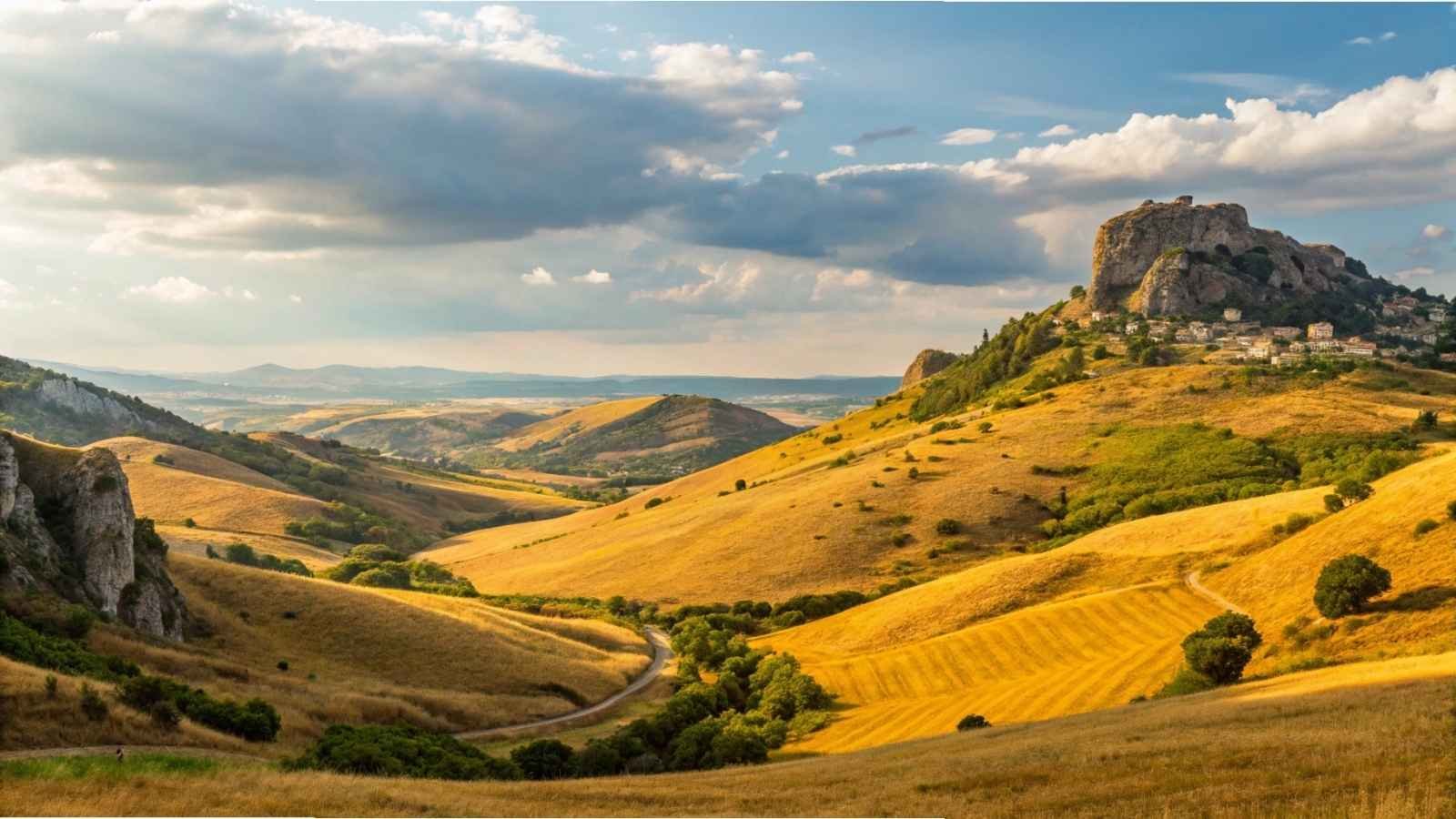
Italy — yes, the land of pasta, wine, and Renaissance art — is also a hiker’s playground. From the Dolomites in the north to the coastal cliffs of Cinque Terre and the rugged trails of Sicily, there’s an astonishing range of landscapes to walk in. But here’s the twist: Italy’s tax breaks aren’t just for big business or remote workers. Some regions, particularly those pushing slow tourism and rural revitalization, are offering reduced tourism taxes and extended stay programs for visitors who engage in eco-tourism.
For example, the “South Working” initiative has spilled into outdoor tourism, offering incentives for long-stay visitors in underpopulated regions like Calabria, Abruzzo, and Basilicata. Hikers participating in regional eco-tours or staying in agriturismos often enjoy discounted rates and tax incentives, making a long trekking vacation more affordable than you’d expect in Western Europe.
While Italy doesn’t yet have a nationwide long-stay hiking visa, its Digital Nomad and Elective Residency visas provide flexible pathways for those wanting to combine a love of trails with longer stays, and local regions are more than willing to sweeten the deal.
Other Useful Info:
- Best Months to Visit: May–June and September–October (avoid peak summer crowds)
- Top Trails: Alta Via 1 (Dolomites), Sentiero degli Dei (Amalfi Coast), Gran Sasso Loop
- Stay Duration Benefits: 1-year Digital Nomad visa or Elective Residency visa options
- Tax Perks: Reduced tourism taxes in select southern and mountain regions
- Hiking Vibe: Culturally immersive, dramatic vistas, pasta-powered trekking





